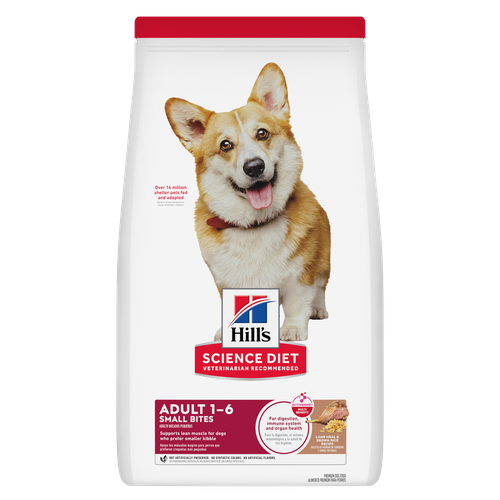Labrador retrievers are easily recognized by their broad head, drop ears and large, expressive eyes. Two trademarks of the Lab are the thick but fairly short double coat, which is very water repellent, and the well known "otter tail." The tail is thick and sturdy and comes off the topline almost straight. The feet are described as "webbed," with longer skin between the toes to aid in swimming. Color can range from black through chocolate to a red/yellow or even almost white.
The Labrador retriever is a moderately fast maturing breed, reaching adult height from six to 12 months, but possibly still filling out up to 2 years of age. Many Labs reach 12 to 14 years of age.
In general, Labrador retrievers are excellent family dogs, as long as you keep in mind their need for exercise and training. These are dogs bred to work and work hard and they love to have jobs to do, particularly retrieving.
Labs are usually good with other dogs, other pets, and children as long as training has toned down their natural exuberance. They are strong dogs and need some obedience training at an early age or they can be seen dragging their owners down the street at will.
Owing to their energetic nature, Labradors who are left alone or not well exercised can become destructive — chewing, digging and barking to excess.
The field line dogs are especially high-energy dogs, while some of the show line dogs become perfect couch potatoes at an early age. Chewing can be a problem because the strong retrieve urge gives them an oral fixation. Sturdy chew toys, exercise and training all help with this.
Obviously, Labradors have a number of endearing traits or they would not be so popular. They are intelligent and fairly easy to train, partly from their desire to work with people. They are "easy keepers" and can become overweight if they are not exercised and food portions adjusted as needed. Labs are excellent family dogs because they do want to be with people and many do not do well as kennel dogs.
Labradors do tend to be protective of their families and homes but are usually happy to greet company, too. With the strong retrieving instinct, they can develop into destructive chewers if not given appropriate toys and guidance. Labs may tend to "mouth" people and the solution is often simply to give them a toy to carry around, so their mouths are already full! These are very strong dogs and early training is necessary to have a dog that walks nicely on lead.
The wonderful double coat that keeps the Labrador warm while retrieving in icy water also gives this breed top billing as shedders. Normally, their coats do fine with a quick weekly grooming, but at shedding time daily grooming is needed. The amount of exercise they need varies with the different lines: field line dogs can run all day, whereas show line dogs only need moderate exercise.
Early in the 1800s, some of the multipurpose dogs used in North America (mostly Canada) by hunters were shipped back to England. Many of these "water dogs" were of the Newfoundland type, but the smaller ones were often designated "St John's" dogs. In England, the breed was developed and refined (probably with some flat-coated retriever input) into the breed we recognize today.
As is evidenced by their name, Labrador retrievers were bred and selected for their outstanding retrieving abilities, particularly in water. They have worked as partners with duck hunters in all kinds of weather and conditions. Their intelligence and desire to work as a partner with man has led to many other jobs, and to their current status as popular pets. Today, Labradors excel as service and guide dogs, family pets, scenting dogs for the military, customs and arson task force dogs, search and rescue dogs as well as hunting companions and performance dogs.
The breed's good nature has propelled it to the number one ranking in popularity in America, a position it intends to keep. Despite their fame as indoor pets, they are even more at home outdoors. It should always be remembered that Labradors are water retrievers at heart and from early on, puppies show a strong desire to carry things around with them and a strong attraction to water, even puddles!
Adopt a pet. Change a life.
Are you prepared to adopt a pet? Use these tools to make sure you are ready for the commitment.
Adopt a pet. Change a life.
Are you prepared to adopt a pet? Use these tools to make sure you are ready for the commitment.






















